Tripods, their uses and applications
and why a bowler should get one before spending a fortune on a bipod.
The reality of shooting in the undulating hills of the American West and the dense woods of rural America looks nothing like what most bowlers practice for. The industry standard bipod, a 6-9 inch, won't even get you off the grass in the vast majority of shooting situations. Your fancy, san-filled waxed canvas bag that all the instructors tell you is a must-have, that you imagine throwing in the crux of a tree limb and breaking a shot before racking the bolt, relocating the rifle to the next lowest branch, and then hitting a deer's vitals with a follow-up shot, is more of a fantasy than Cyntia leaving that deadbeat Marty Ackerman for a night to have a flight with Walter on a waterbed at an hourly motel after Walter texts her following bowling a perfect game.
For the last two months, Walter has been humping a pack around the mountains of Colorado, Wyoming, and Washington State looking for ungelets. Along the way, during the slow moments spent glassing and the quiet times spent packing out a hindquarter and back-straps, Walter has put a lot of thought into tripods and their applications and has some thoughts to share.
A good tripod is far more flexible and therefore useful than a great bipod like the MDT Cyke Pod. A tripod can be manipulated to make a prone shot, while no bipod can be used to make a standing shot.
A tripod can be used for a lot more than just shooting. 95% of the time this fall, Walter used his tripod for glassing with his binoculars. They are essential for watching a fellow bowler's impacts with a spotting scope and glassing a distant hillside.
Although substantially bulkier than a bipod, Walter's lightest tripod, a Tricer with a Wealy Wong Stuff ball mount, weighs in at only a pound more than a triple-pull MDT Cyke pod.
"Well, those are some damn good points, Walter. What tripod should I get?" Walt thought you'd never ask. Over the last year, Walter and Donny have shot thousands of rounds from tripods ranging from a Bog pod to the fabled Really Right Stuff SOAR pods and have some preferences.
The undisputed king of tripod heads for shooting is the Really Right Stuff Anvil 30; they sell for around $450 shipped and can be attached to any tripod with a 3/8 mount. They have one lever to control tension and another lever to lock the head into an Arca or 1913 rail. Do not bother with the clamps; get an arca rail for your gun. The heads with knobs, especially multiple ones, are a giant waste of time and aren't worth the panning feature. Donny bit the bullet and got the good shit, while Walter went to Ebay and bought multiple iterations of the best offerings from the Man in the Black Pajamas. Is it worth saving $200 and getting the knockoff version that's slightly heavier? That's a question a bowler is going to have to ask themselves. If a bowler wants to save some money, get the Leofoto MA-30L.

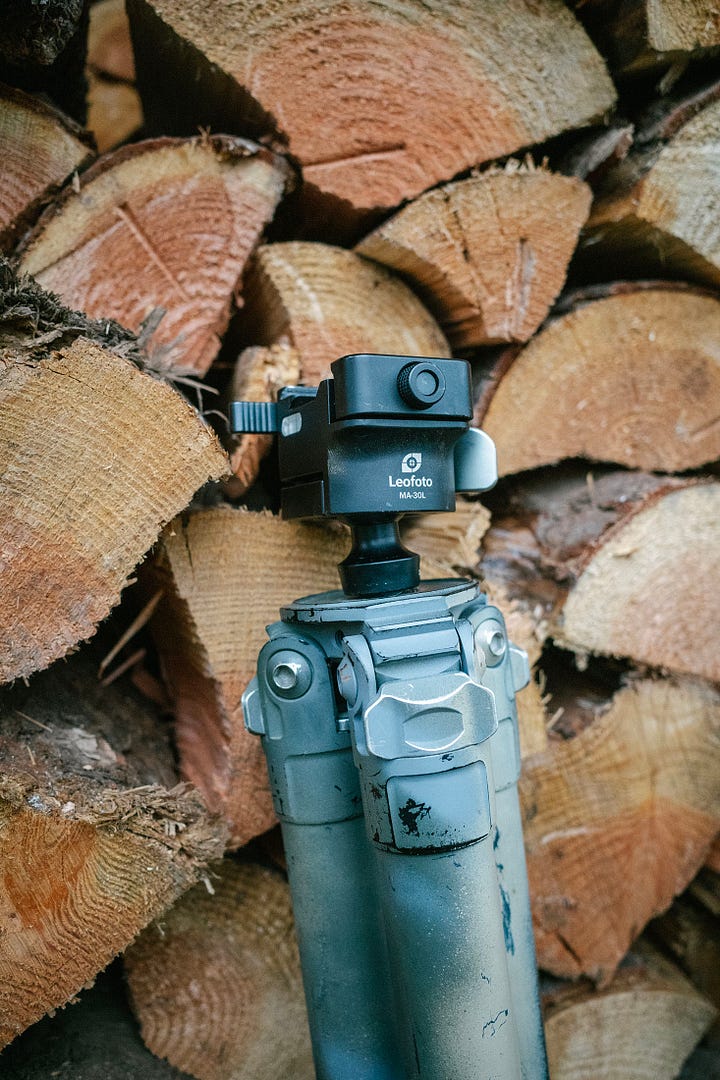
Walter also tried the SunwayFoto knockoff, but it kept slipping until Walter ratcheted it down. Walter wouldn't trust the Sunwayfoto the same way he would the Leofoto or the RRS, but Walter did make a crouching heart shot at a calf at 450 yards with one, so your mileage may vary. If Walter would do it over again, he would just eat the RRS Anvil 30 and be done with it, but if it comes down to a bowler not being able to have a tripod at all or going with the Leofoto, Walter would recommend doing that.
After shooting off half a dozen tripod legs over the last few years, Walter can safely assume that they are pretty much built in the same factory, and bowlers are just paying for which logo they want on the catch for the leg position. This goes for the Leopold, Two Vets, Leofoto, you name it. If size and weight aren't a big concern to a bowler and they won't be humping it around the mountains, Walter would get something in the 200-300 dollar range off of Amazon or eBay that has good reviews and be done with it.
Now if a bowler plans on humping a pack around the mountains and wants the lightest setup possible, Walter would recommend getting some legs from Tricer and then throwing either a RRS or Leofoto head on it. Walter went with the 31-ounce Tricer AD with the short center column. This works for all glassing except for standing and can get 6 inches off the ground in the prone. With a head this set up weighs in at under 3 pounds and will support as heavy of a rifle as a bowler would be willing to carry into the backcountry. Sure, it's not going to be as stable as a thick-legged tripod, but it weighs half the weight. The best tripod is the one a bowler has with them at the time they need to shoot, and Walter feels very confident in making shots inside 600 yards with this setup.
For Most Bowlers, the reality is that a tripod of one of the various flavors pictured here will be far more useful than a fancy bipod like MDT Cyke Pod or a Large Cal Series Atlas. Instead of buying a 2011, a laser range finder, or even a new scope, a bowler should prioritize bringing stability to their shooting set ups and consider a tripod. If you will it, It is no dream.

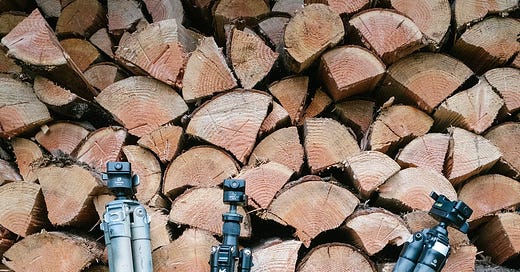



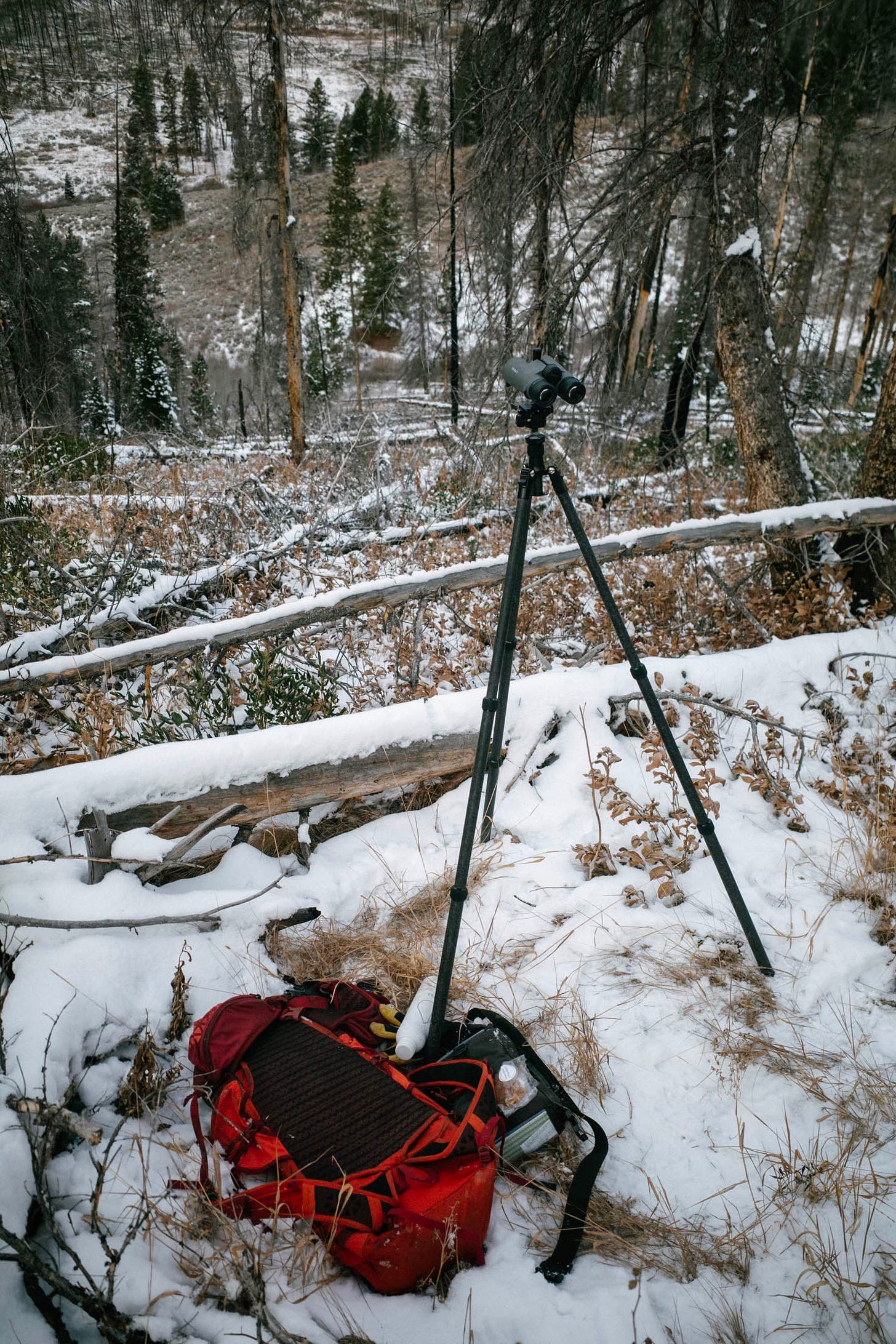
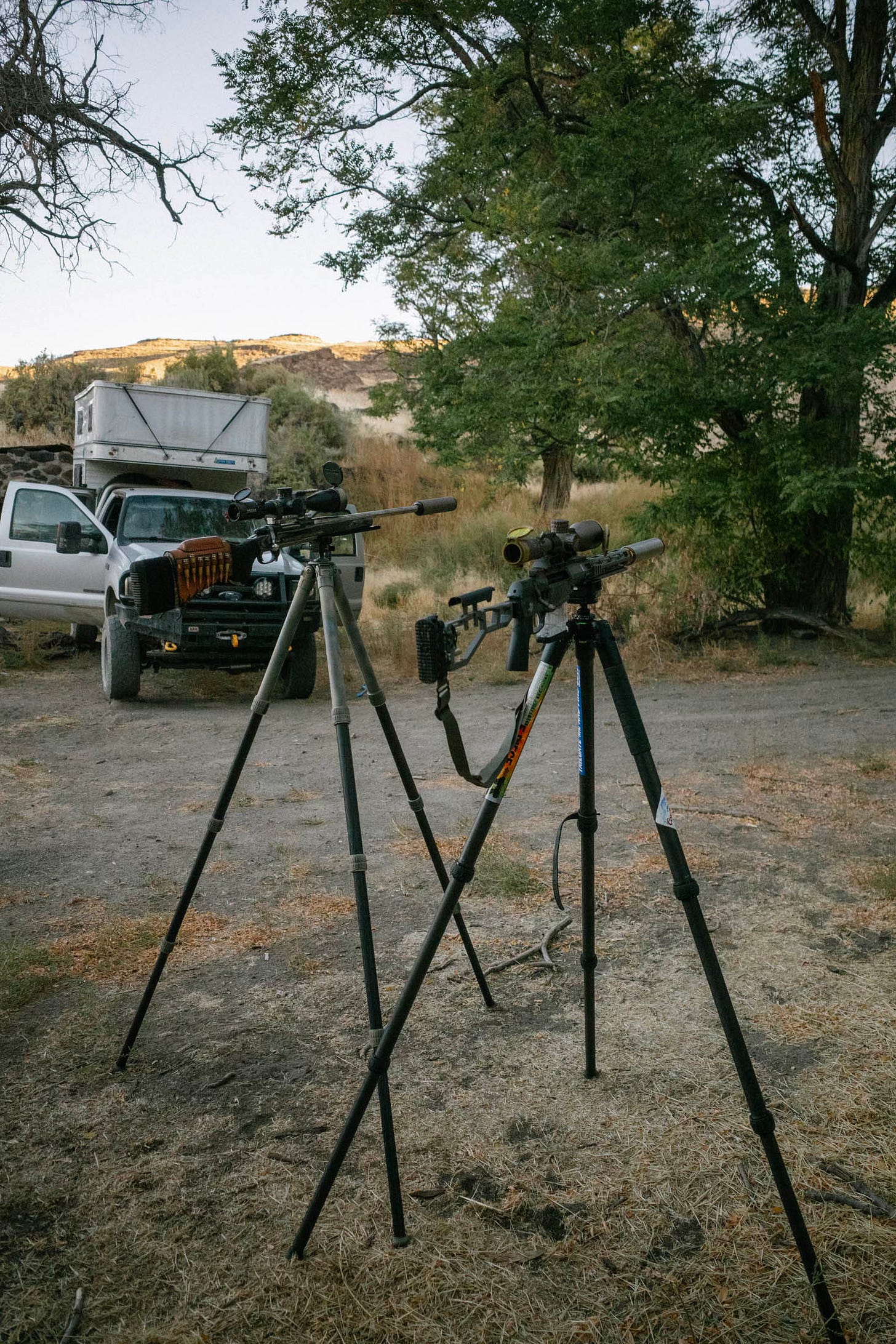
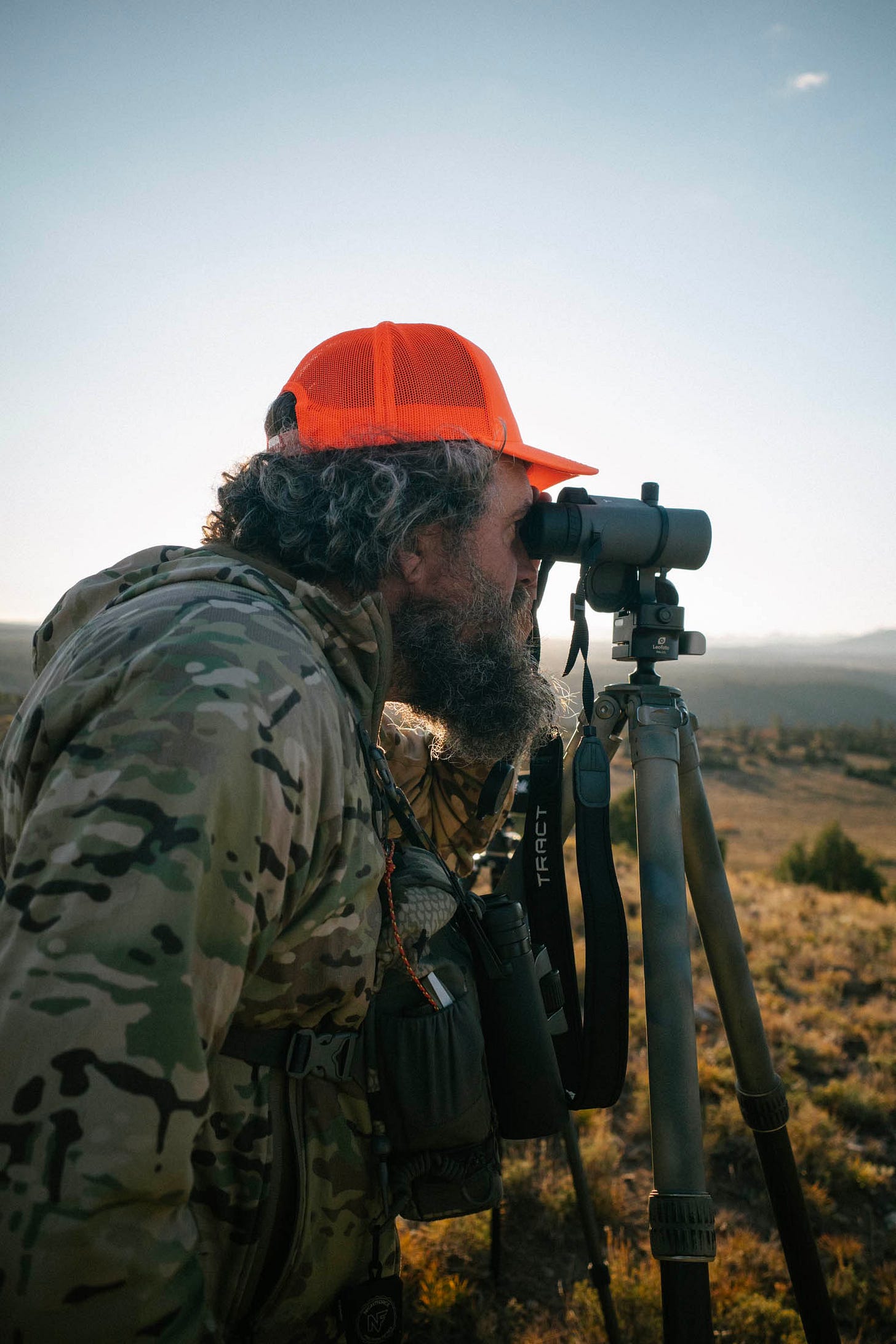
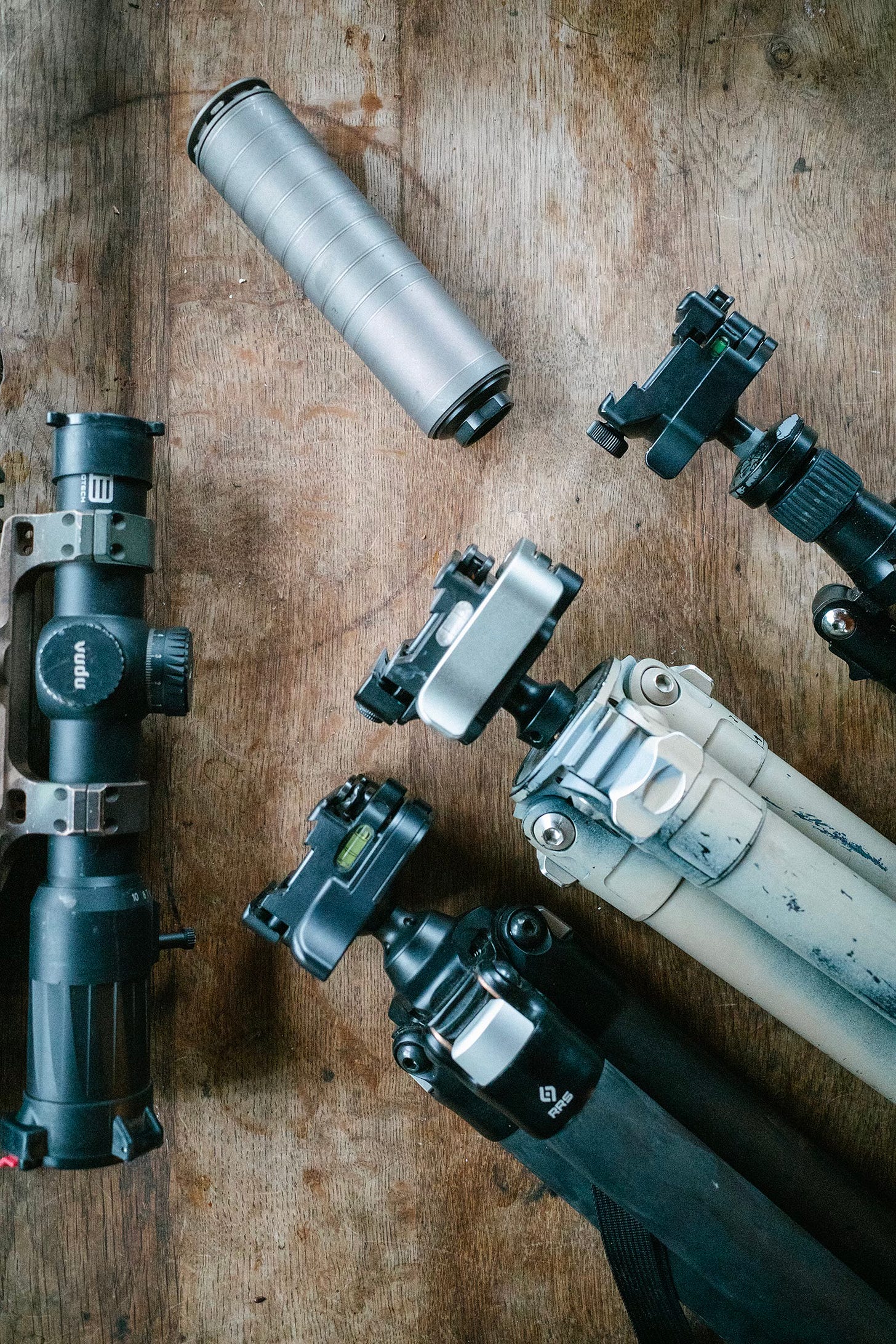
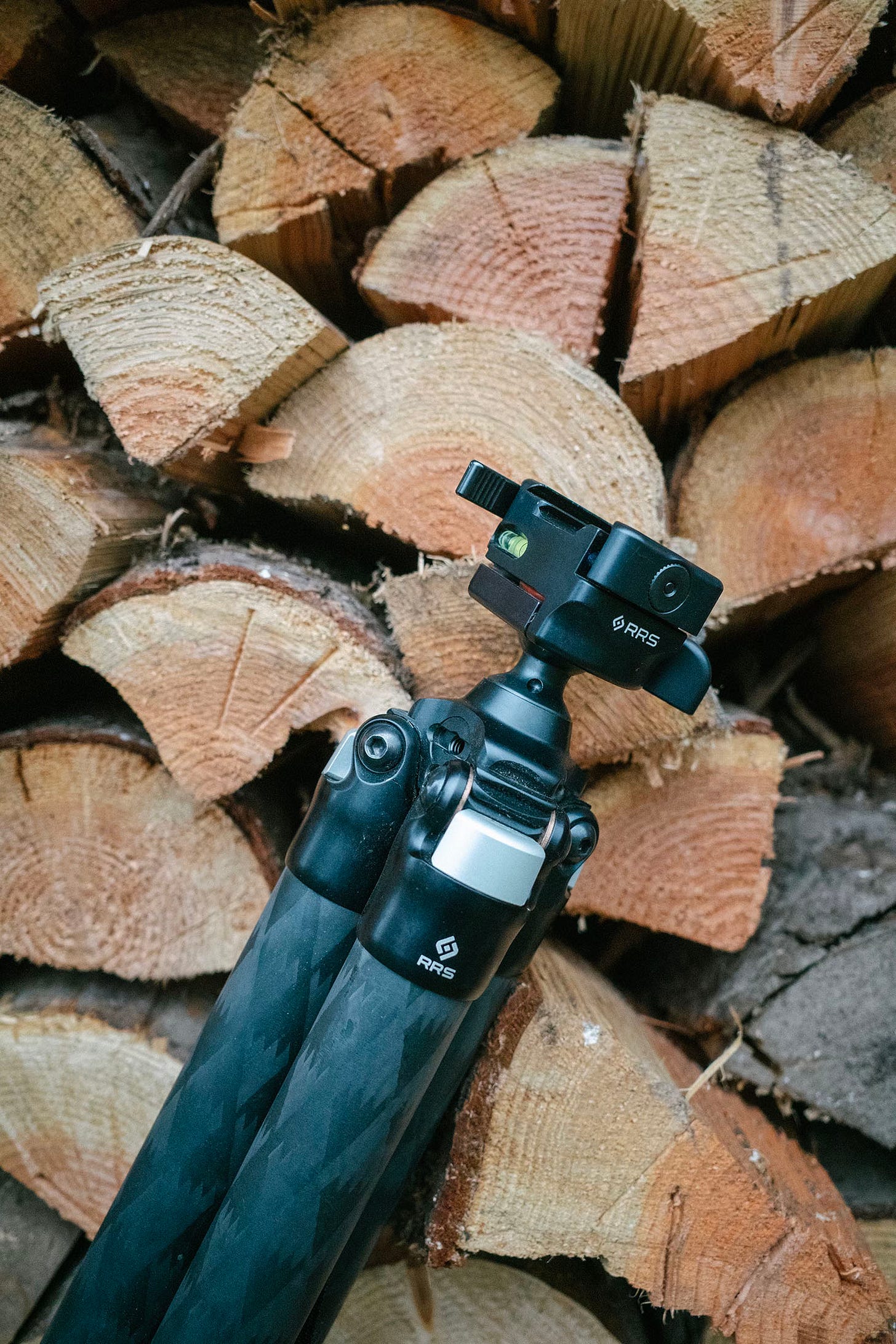


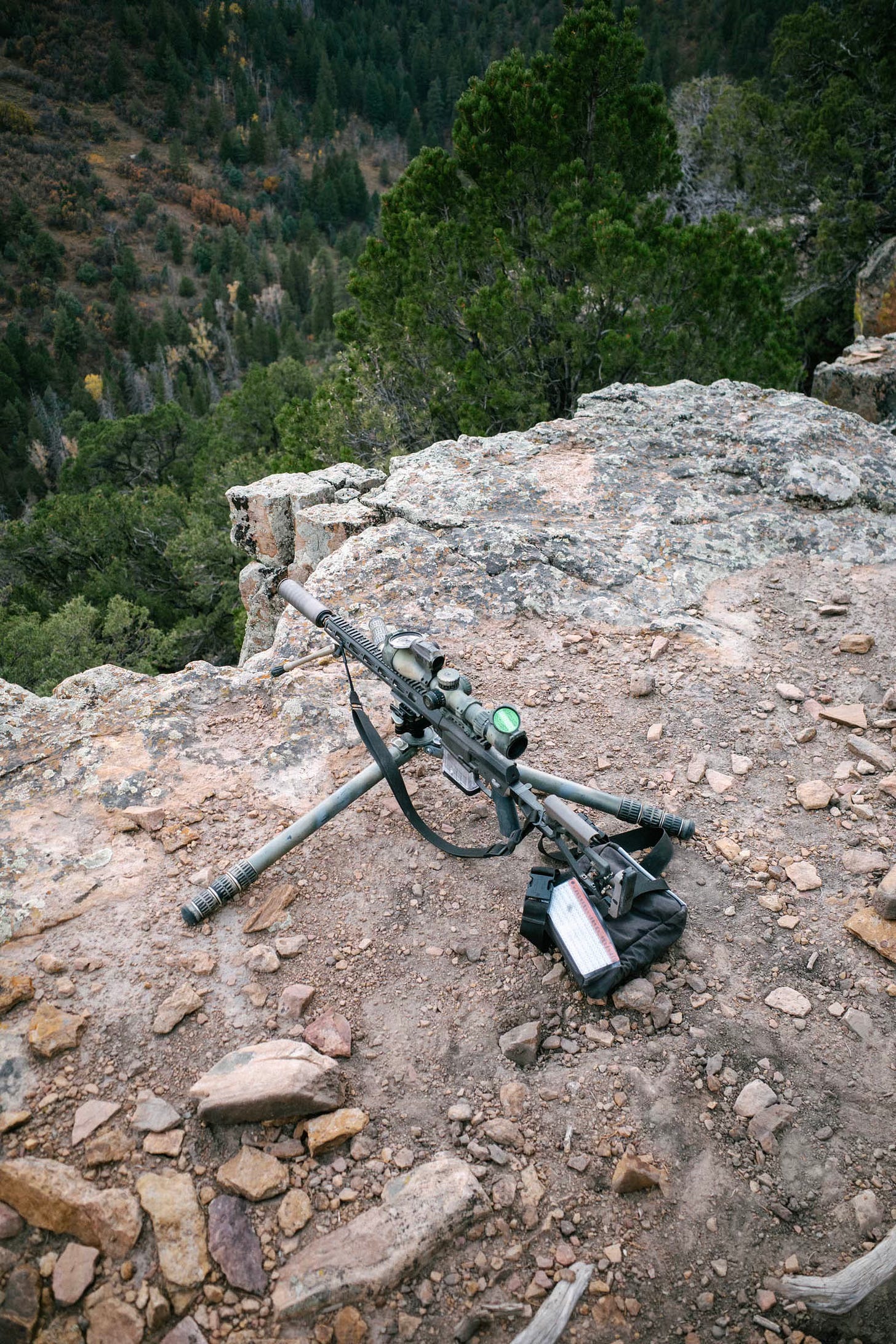
Any thoughts on Arca plates? $10 Amazon LARP knockoffs good enough?
Any thoughts on marking set leg lengths somehow?